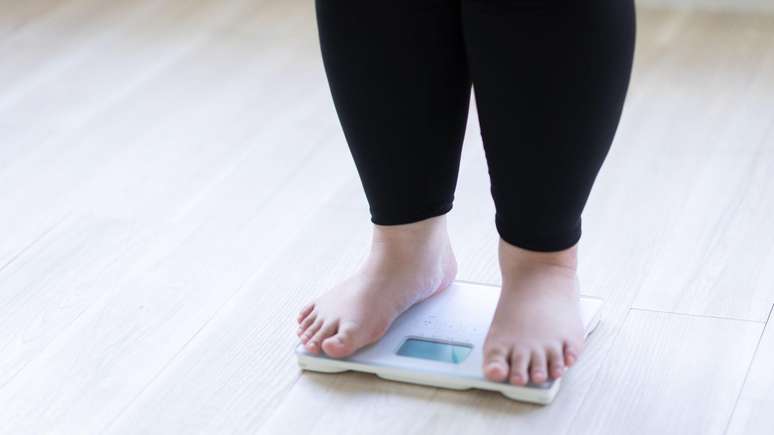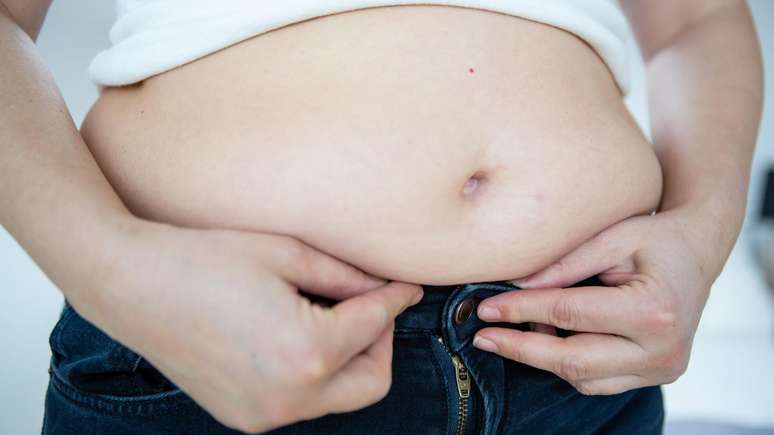These chemical compounds produce an increase in fat mass simply by exposure to them through ingestion, contact or inhalation of contaminated air.
When we hear the words “obesity” or “overweight” we immediately think of an unhealthy diet or a sedentary lifestyle.
But there is another factor, as little known as it is omnipresent, which could make us gain weight even if we lead a healthy lifestyle.
This is because in recent years it has been shown that some chemical compounds present in the environment can also play a role in the development of overweight or obesity in the population.
Called obesogenic, they produce an increase in the mass of white adipose tissue or fat mass only through exposure to them through ingestion (diet), through contact or through inhalation of contaminated air.
To date, approximately 50 chemicals have been classified as obesogenic or potentially obesogenic.
Among these are famous elements such as bisphenol A, polychlorinated biphenyls, phthalates, polybrominated diphenyl ethers, perfluoroalkylated and polyfluoroalkylated substances, parabens, acrylamide, alkyphenols, dibutyltin or some heavy metals such as cadmium and l ‘arsenic.
They are part of many products we use every day (such as detergents, foods, plastic containers, clothing and cosmetics), which makes it difficult to avoid their effects.
Adipocytes
And how do they make us fat?
These substances, in fact, do not cause obesity alone, but promote excess weight through various mechanisms.
For example, they promote the proliferation and differentiation of adipocytes. Or, in other words, they increase the number and size of cells responsible for fat accumulation.

This increase in white adipose tissue may contribute to obesity and related metabolic diseases through inflammatory and oxidative stress reactions, which in turn may cause the accumulation of glucose and fatty acids in various organs, particularly the liver.
Similarly, it has been observed that exposure to obesogenic substances can alter the action of hormones – such as sexual or thyroid hormones – linked to the differentiation of adipose cells, weight gain and metabolism.
And if that wasn’t enough, the intestinal microbiota can also be influenced by the action of these compounds.
We are talking about millions of bacteria that regulate, among other functions, the absorption of lipids. Its deterioration can cause metabolic diseases such as type 2 diabetes or obesity.
Early exposure
The potential effects of obesogens vary depending on when exposure occurs.
The most vulnerable periods are the first stages of life: the fetal stage and early childhood, when development is very rapid and coordinated.
Therefore, altering this delicate process can impact our long-term health.
This is what explains the developmental origins of health and disease hypothesis (or DOHaD hypothesis).
As noted, the environment surrounding a person during the early stages of development can cause physiological changes that make them more vulnerable to certain diseases later in life.
Such changes may persist even when the substance is no longer present.

And can this happen in case of obesity?
The scientific evidence seems to indicate yes.
Exposure to the aforementioned toxic substances during critical moments of development is capable of promoting epigenetic changes, i.e. modifications in DNA that do not influence its sequence.
This can alter gene expression and therefore cellular functions, increasing susceptibility to the development of obesity and other metabolic diseases.
Furthermore, it has been observed in animal studies that these changes can be passed on to subsequent generations.
In other words, changes are passed on from fathers and mothers to their children.
How to avoid them?
Knowing all this, what can we do to avoid exposure to obesogenics?
Even if, as we have already mentioned, we live with them on a daily basis, some practices at an individual level can help us overcome them.
Here are some suggestions:
- Not smoking
- Reduce consumption of packaged foods and drinks
- Reduce the use of plastic, as well as some cosmetics and lotions
- Limit consumption of foods containing pesticides
- Recycle and reuse everything we can
On the other hand, public and environmental health experts must develop policy strategies to reduce population exposure to these substances, while also focusing on social inequalities in health.
Beyond that, there is a need to continue research into the effects of obesogenicity.
In this way, decisions that will affect all of us, those who are here and those who will come, can be made with full knowledge of the facts.
*Raquel Soler Blasco is a postdoctoral researcher in Environmental Health at the University of Valencia, and Sabrina Llop is a Miguel Servet postdoctoral researcher at Fisabio.
*This article was originally published on The Conversation, reproduced here under a Creative Commons license. Click here to read the original version.
Source: Terra
Rose James is a Gossipify movie and series reviewer known for her in-depth analysis and unique perspective on the latest releases. With a background in film studies, she provides engaging and informative reviews, and keeps readers up to date with industry trends and emerging talents.




![Such a great sun in advance: Elizabeth’s Terrible Accidental Victims … which Waiting for You Week until August 25, 2025 [SPOILERS] Such a great sun in advance: Elizabeth’s Terrible Accidental Victims … which Waiting for You Week until August 25, 2025 [SPOILERS]](https://fr.web.img6.acsta.net/img/d0/c4/d0c4d9256b5997c98008a65d7a43177e.jpg)

